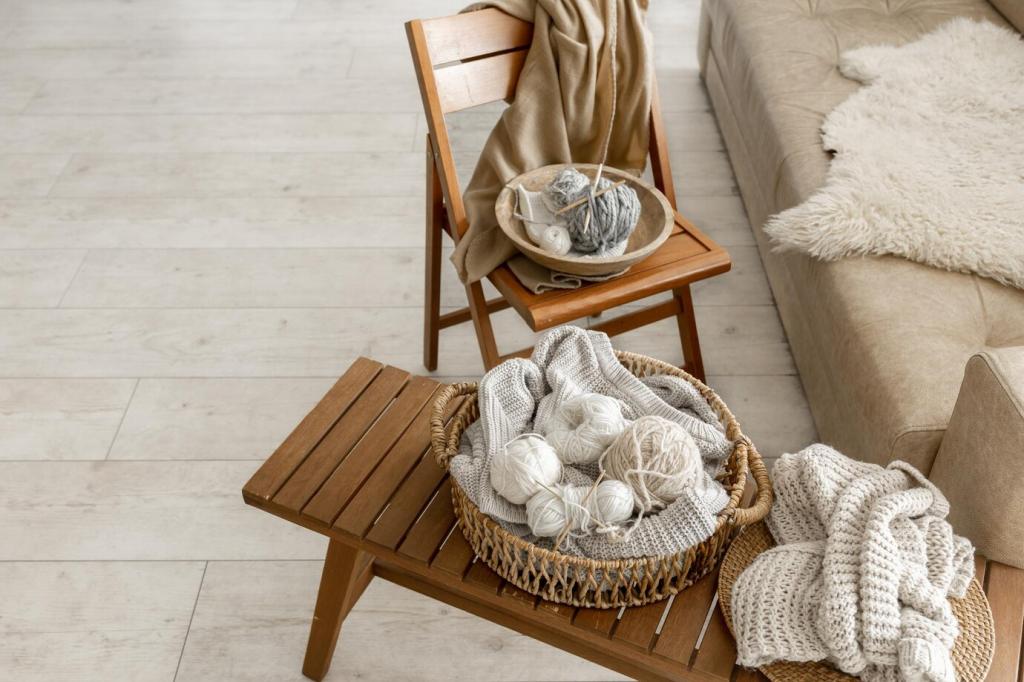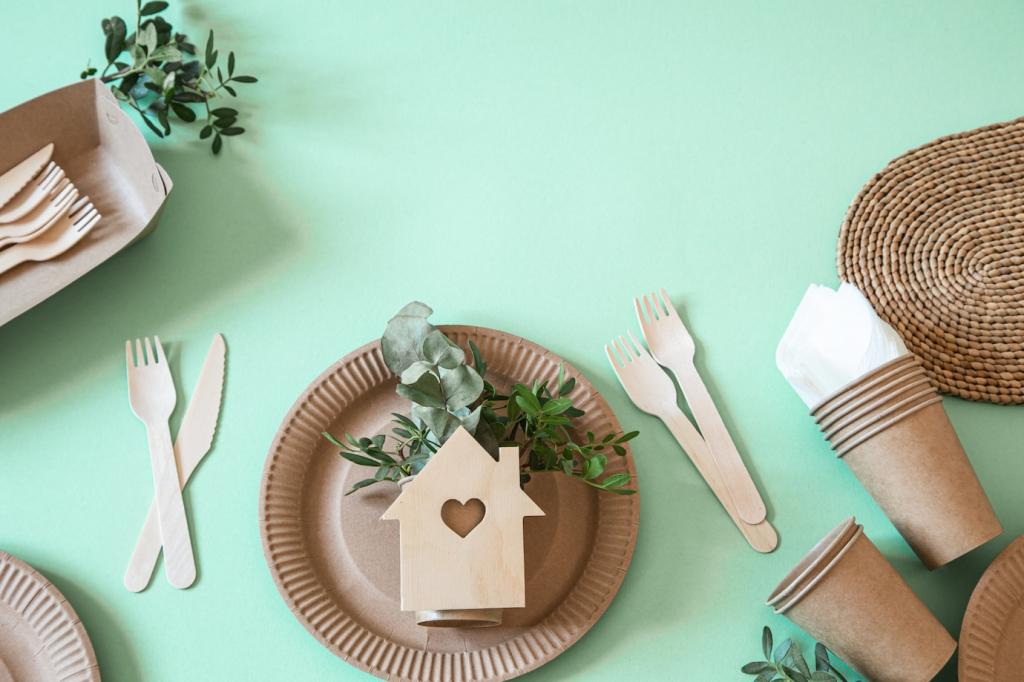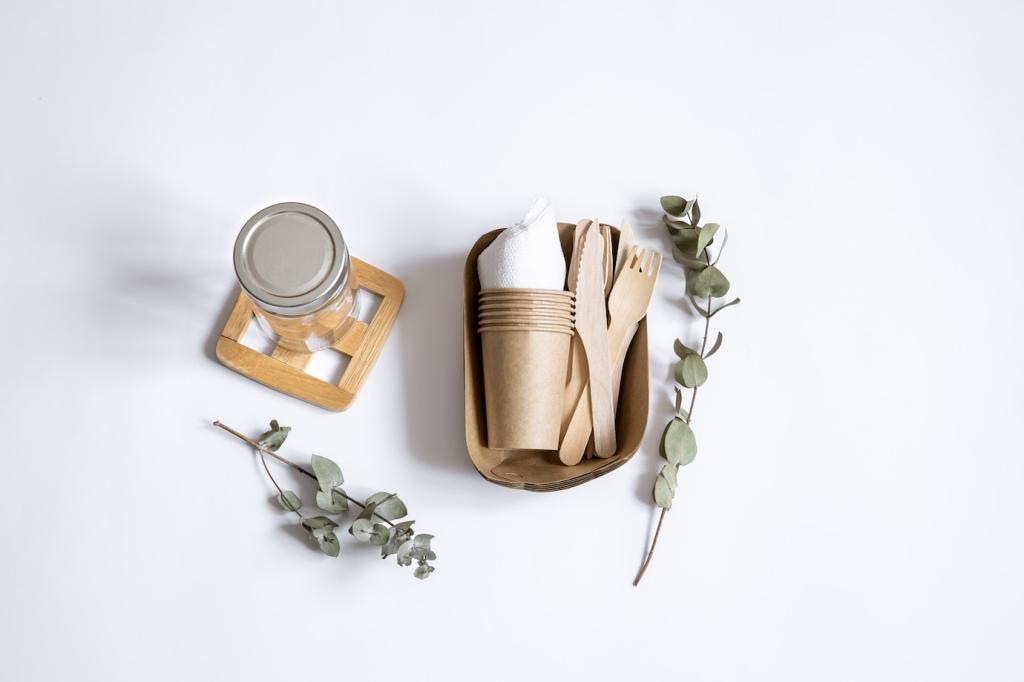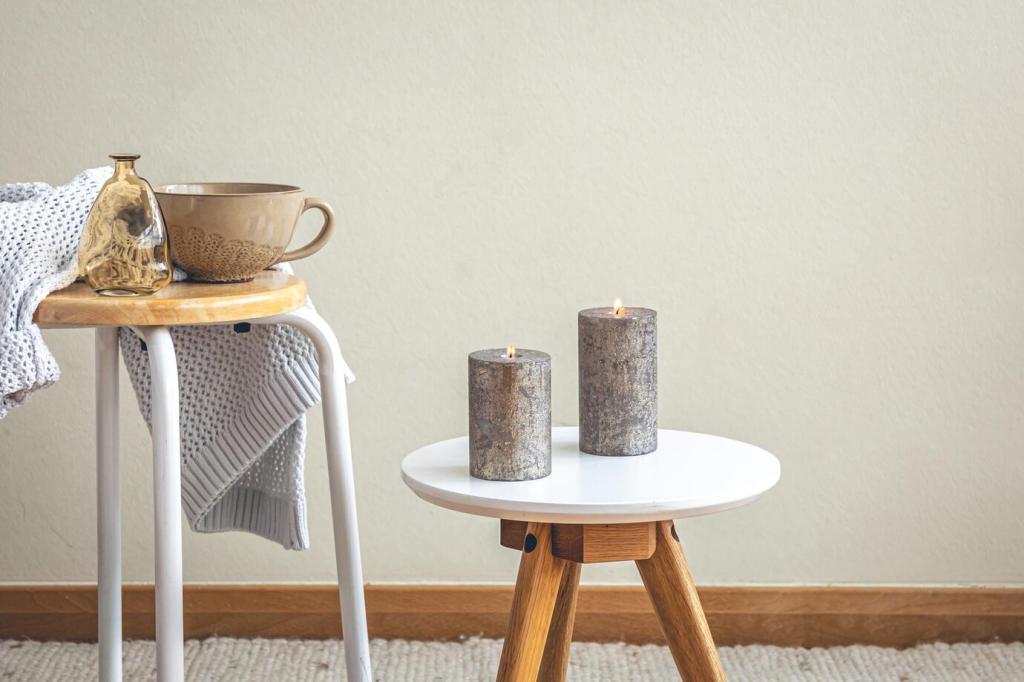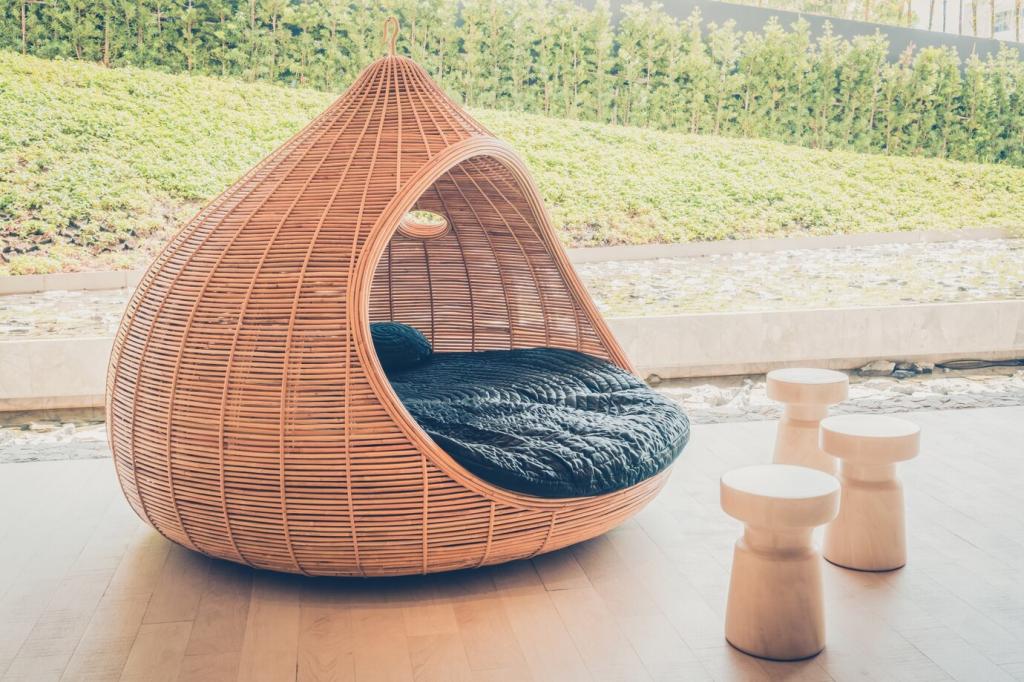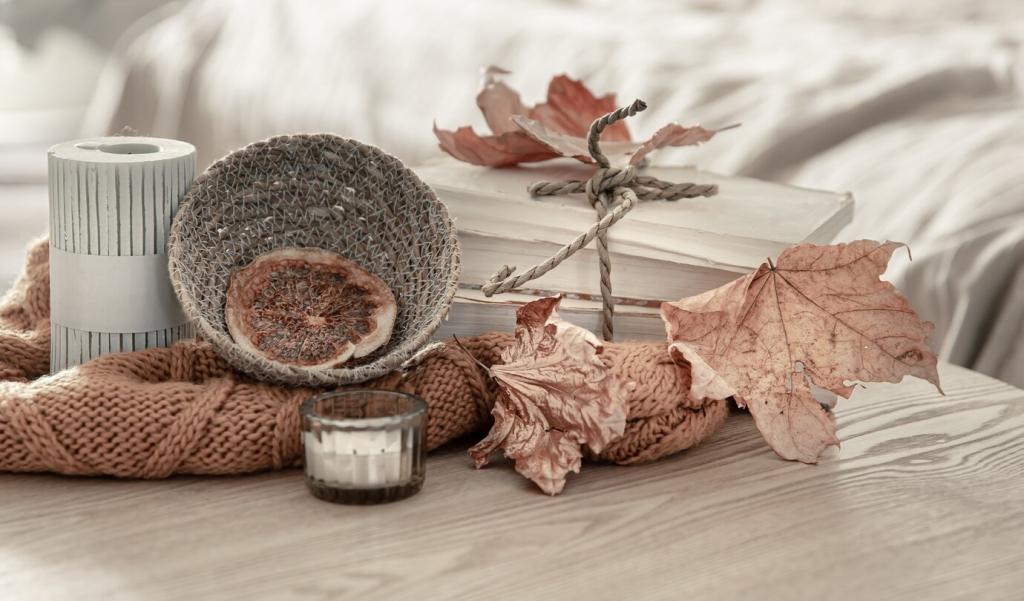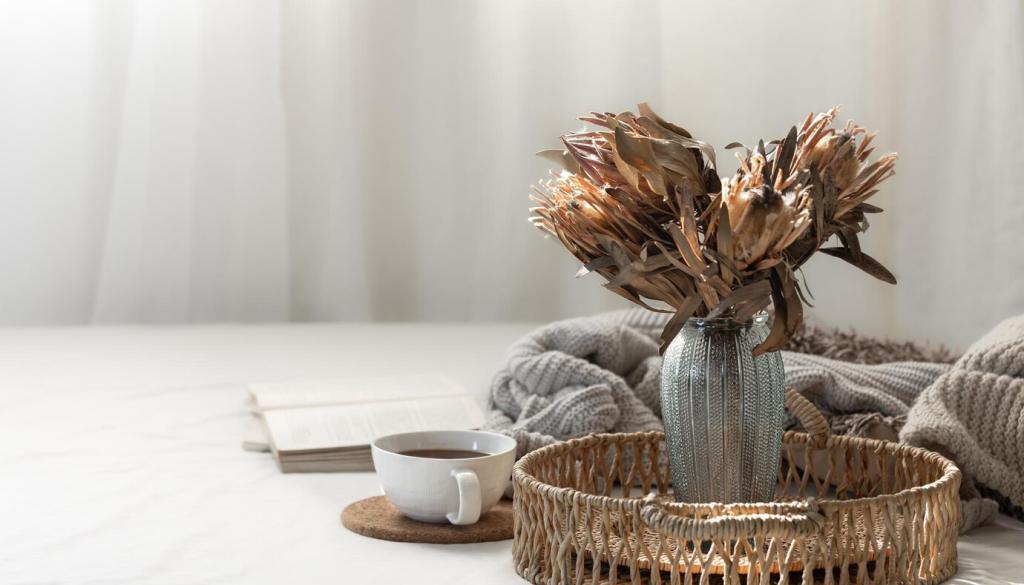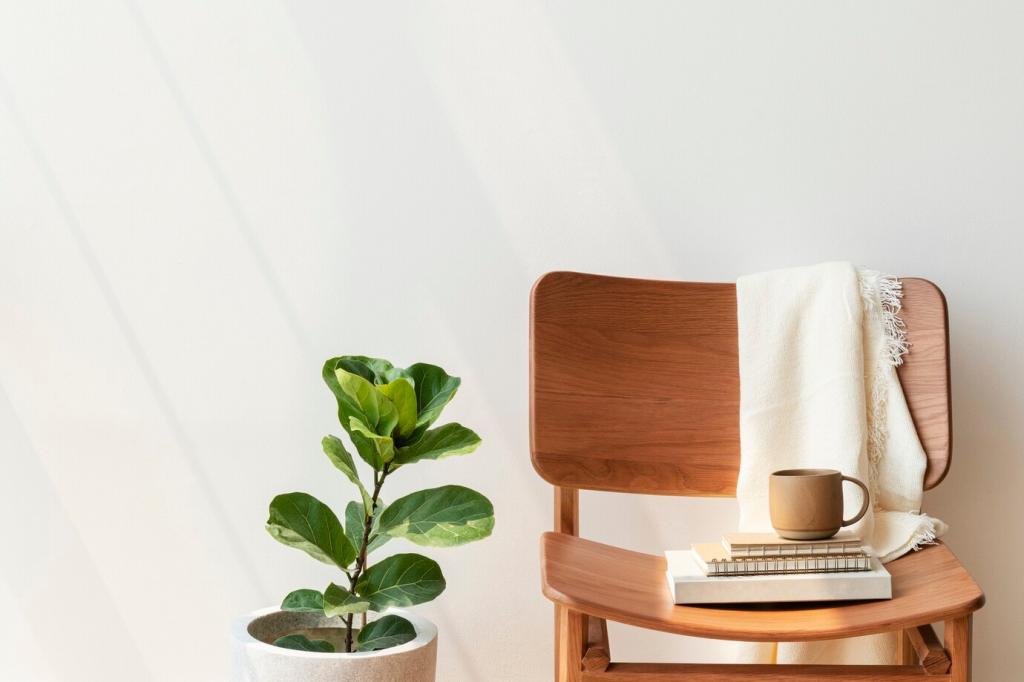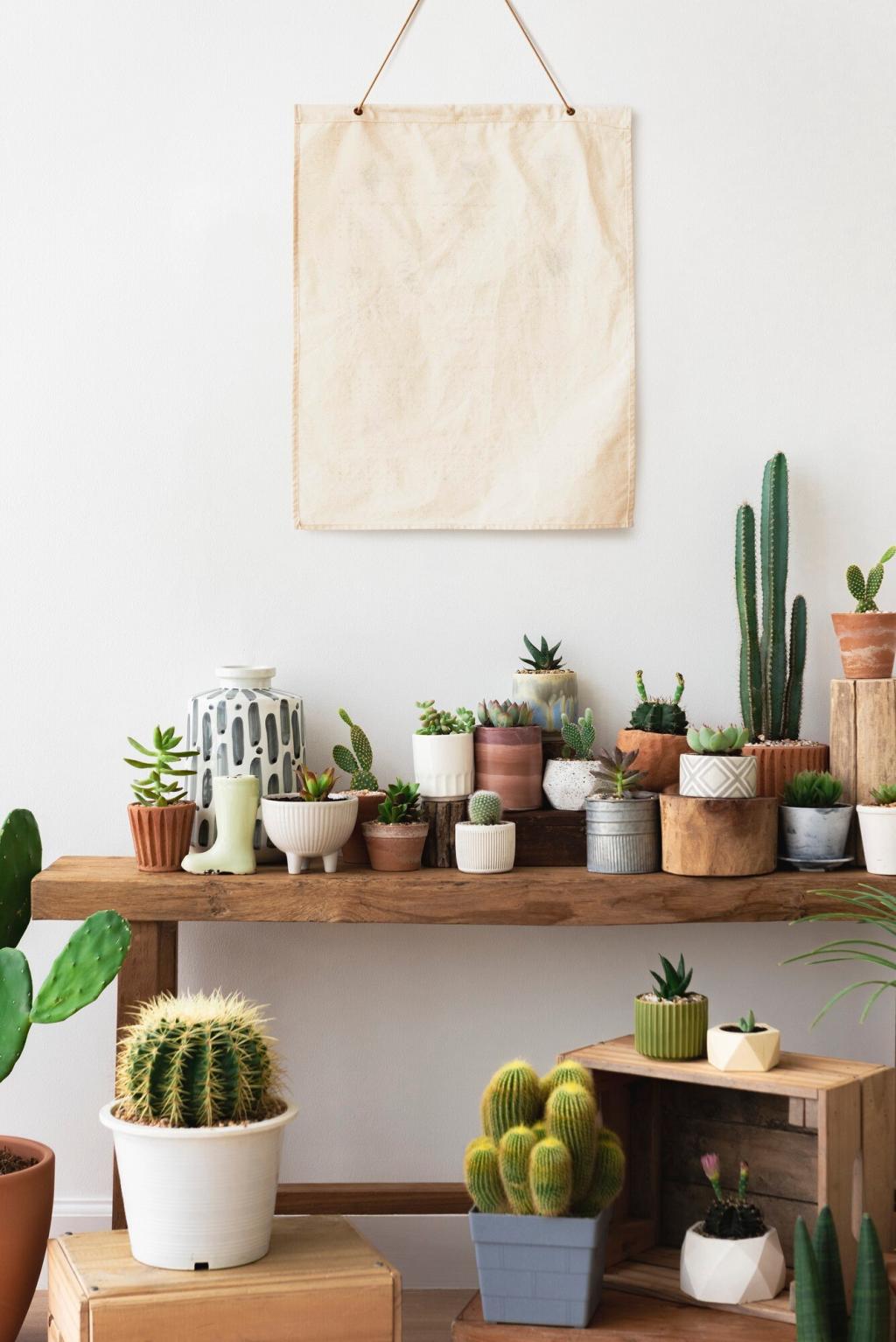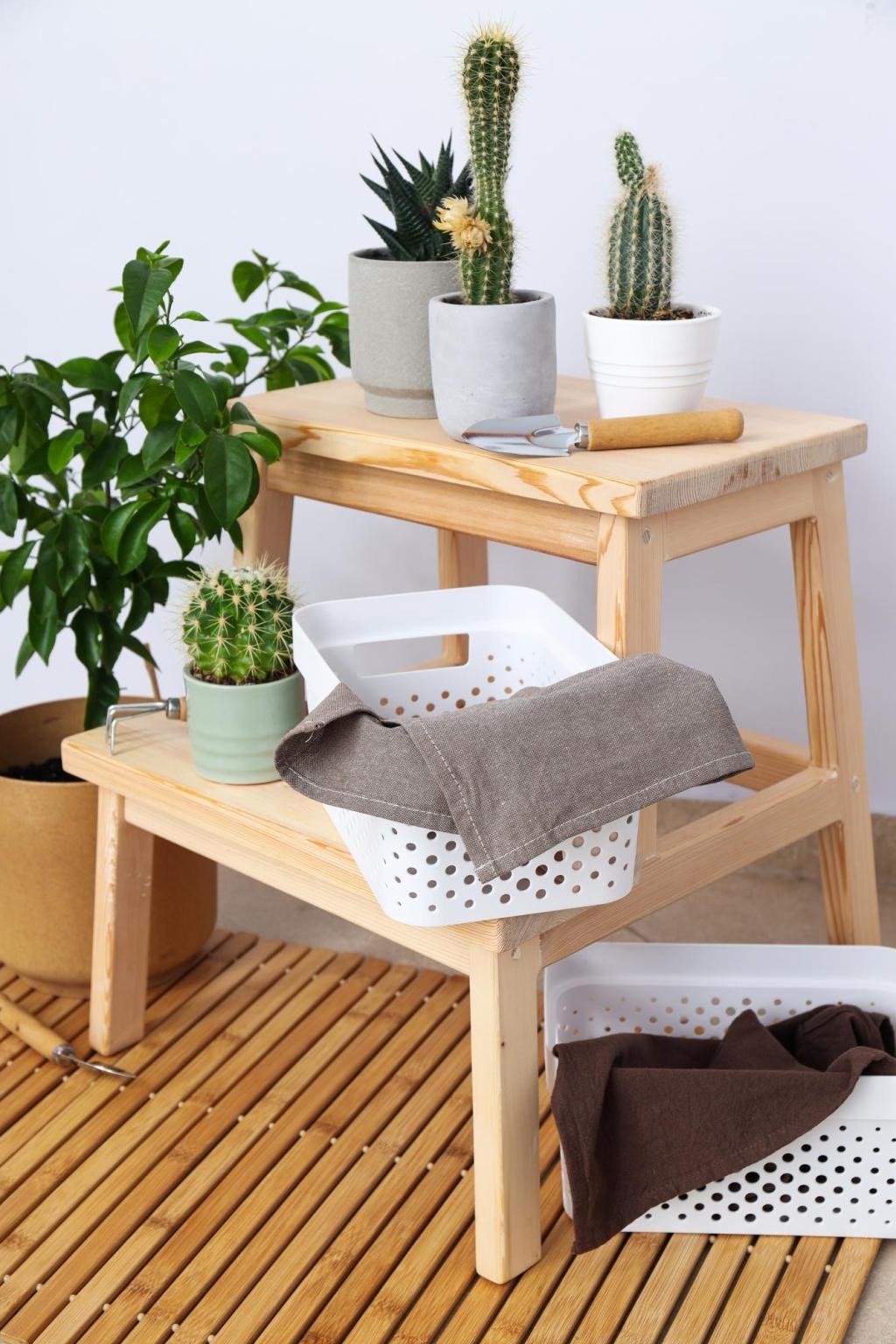Reclaimed and Salvaged Timbers: Character with a Conscience
Search architectural salvage yards, deconstruction projects, urban tree recovery programs, and reputable pallet recyclers. Verify moisture content and stability, and always request provenance when possible to maintain the material’s story and credibility.
Reclaimed and Salvaged Timbers: Character with a Conscience
Expect stray fasteners, inconsistent thickness, and embedded grit. Use metal detectors, jointing strategies, and hardened planer knives. Stabilize checks with bowties or resin fills. These steps protect tools and ensure reclaimed wood performs in fine furniture.

